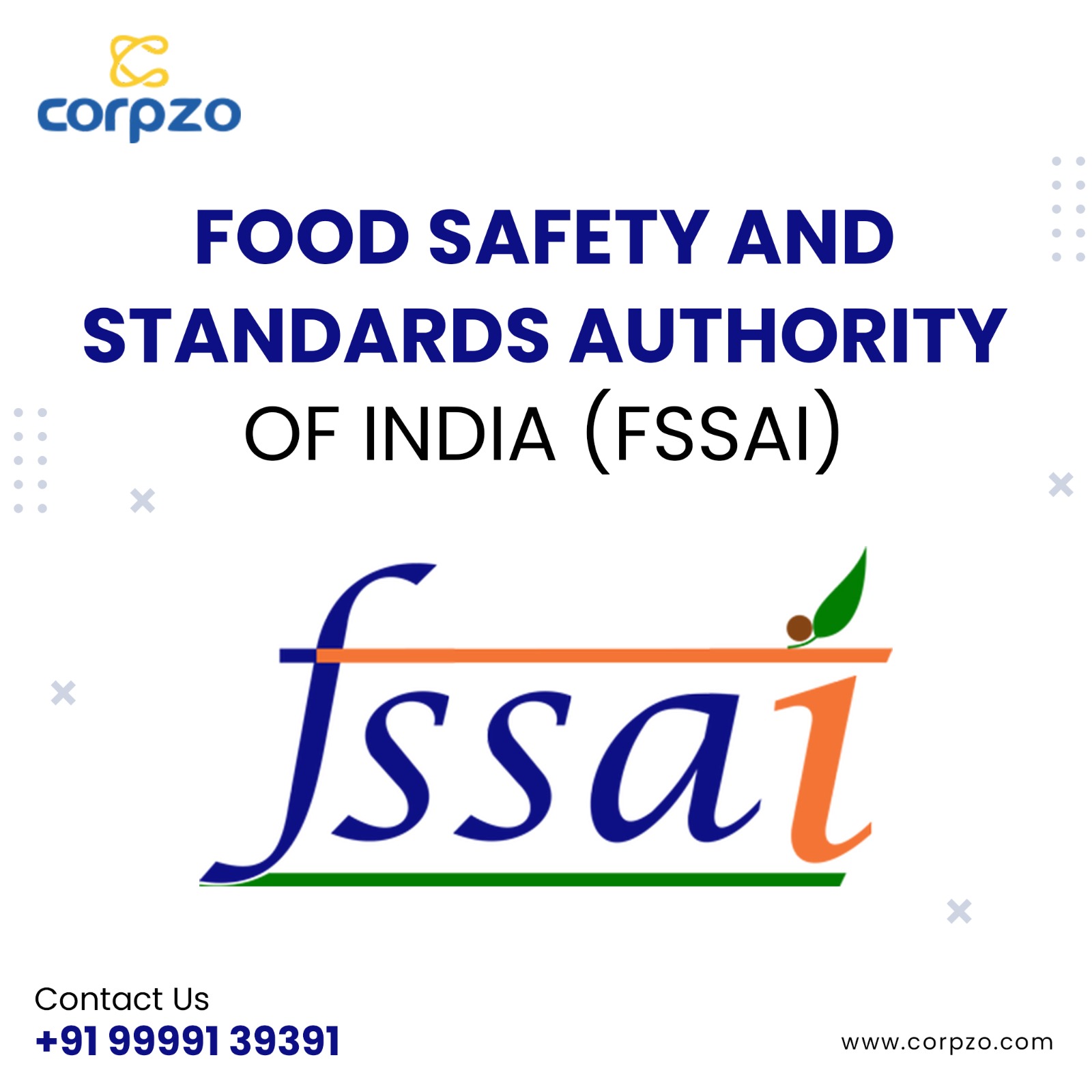 Food Packaging Regulations and Labeling Laws in India
Food Packaging Regulations and Labeling Laws in India
Packaging plays a pivotal role in the world of food and beverage products, ensuring their safety and preserving their quality until they reach consumers. To regulate and maintain the integrity of food packaging, India has established stringent rules and regulations. These regulations not only govern packaging but also encompass essential labeling requirements. Below, we delve into the specifics of these regulations:
Food Safety and Standards (Packaging) Regulations, 2018
These regulations, introduced by the Food Safety and Standard Authority of India (FSSAI), are dedicated to the packaging and labeling of food products. They were revised from the earlier Food Safety and Standards (Packaging and Labeling) Regulations, 2011. The key provisions are as follows:
- Multilayer or Composite Food Packaging: This refers to packaging materials composed of multiple layers. It includes:
- General Migration Limit: The maximum allowed release of non-volatile substances from packaging materials into food simulants.
- Container or Package: This encompasses pre-packed bottles, boxes, tins, pouches, sacks, bags, or other containers used for food packaging.
- Primary Food Packaging: The material in direct contact with food products.
- Secondary Food Packaging: Packaging material that encloses the primary food packaging without direct contact with food.
- Packaging Material: Materials such as paper, cardboard, metal, glass, plastic, and multi-layer materials used for food packaging.
- Specific Migration Limit: The maximum allowable release of a specific substance from packaging material into food or food simulants.
- General Requirements:
- Packaging materials must comply with Indian FSSAI regulations.
- Materials in direct or likely contact with food must be of food-grade quality.
- Packaging materials should be suitable for the type of product, storage conditions, and transportation.
- They should withstand chemical, mechanical, or thermal stresses during transportation.
- Clean and hygienic packaging is mandatory.
- The sealing material should be compatible with the product and containers.
- Reusing tin containers for food packaging is discouraged.
- Glass and plastic containers of 5 liters or more, if reused for food, should be durable and easy to clean or disinfect.
- Printing inks on food packages should conform to standards.
- There should be no direct contact between the printed surface of packaging and food.
- Avoid storing or wrapping food in newspapers or similar materials.
- Materials in multilayer packaging should meet specified requirements.
- Materials listed in the regulations must be compatible with their intended use.
- A certificate of conformity from a NABL-accredited laboratory is required for packaging materials in direct or likely contact with food.
- Particular Requirements for Primary Food Packaging:
- Paper and board materials must have uniformity, thickness, and substance.
- They should be free from defects such as cuts, specks, pinholes, and grease marks.
- Glass containers should be free from defects, blisters, mold marks, and more.
- Metal and metal alloys must be suitable for food packing.
- Specific Indian standards govern the use of these materials.
- Plastic Materials:
- Plastic containers must conform to Indian standards listed in the regulations.
- Transparent, colorless, tamper-proof bottles are prescribed for drinking water.
Food Safety and Standards (Labeling and Display) Regulations in India:
These regulations cover the labeling of pre-packaged foods and the display of essential information in food premises. Key definitions include:
- Best Before Date: Signifies the end of the period during which a food product remains marketable and maintains its claimed qualities.
- Child: A person under the age of 18.
- Date of Manufacture: The date when a food product becomes its described form.
- Date of Packaging: The date when a food product is placed in its immediate container for sale.
- E-commerce: Buying and selling of goods and services online.
- Foods for Catering Purposes: Food used in restaurants, canteens, schools, hospitals, and more.
- Front of Pack: The part of a package facing the customer.
- Infant: A person less than twelve months old.
- Labelling: Written, printed, or graphic matter on or accompanying food.
- Lot/Code/Batch Number: Identifies a product's traceability.
- Multi-Unit Package: Contains individually packaged units of food.
- Non-Retail Containers: Containers not offered directly to consumers.
- Non-Vegetarian Food: Food containing animal products.
- Package/Container: The container holding food.
- Use By/Expiry Date: The date indicating the end of safe consumption.
- Vegetarian Food: Food excluding non-vegetarian components.
These regulations address labeling requirements, including "best before" dates, child-specific food categories, and much more. Compliance with these regulations ensures that consumers receive accurate and safe food products.
FSSAI License - Read More
FSSAI Registration - Read More
Article by
Manjeet Goshwami, Legal intern at Corpzo

